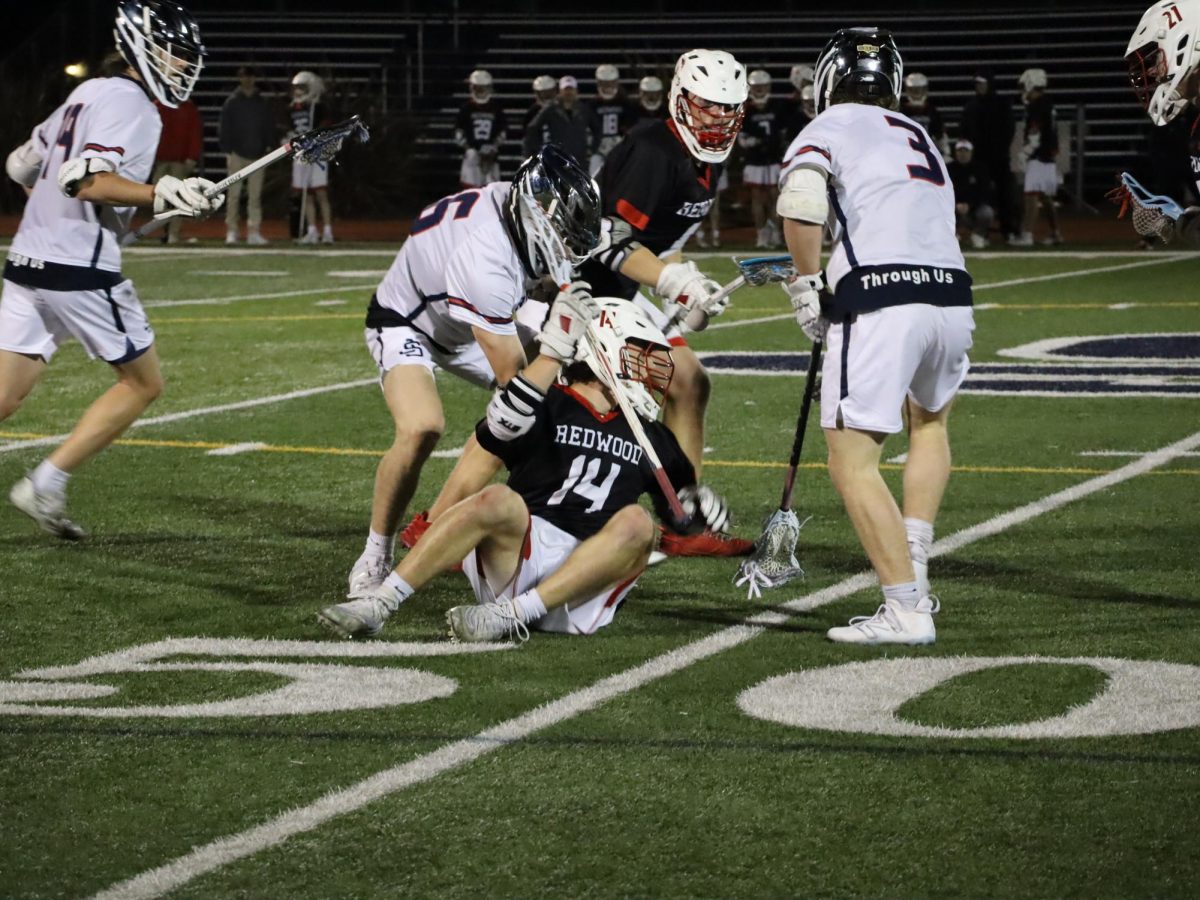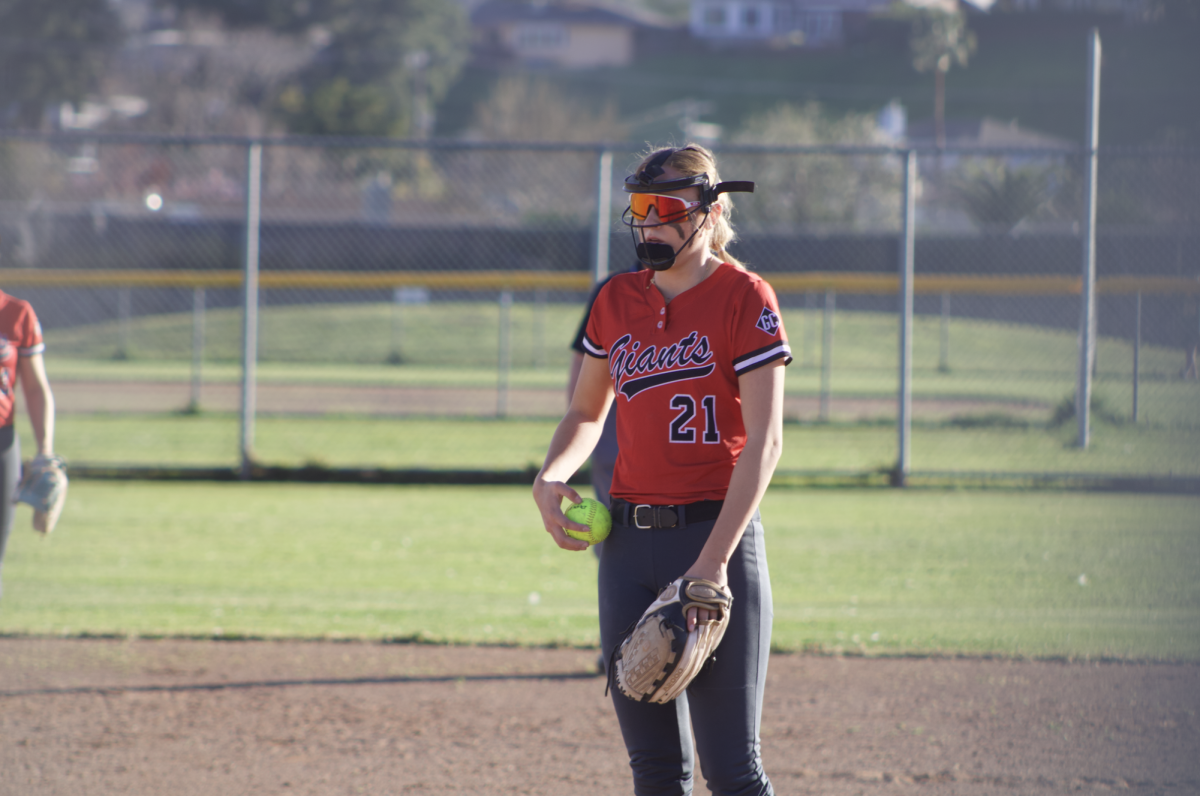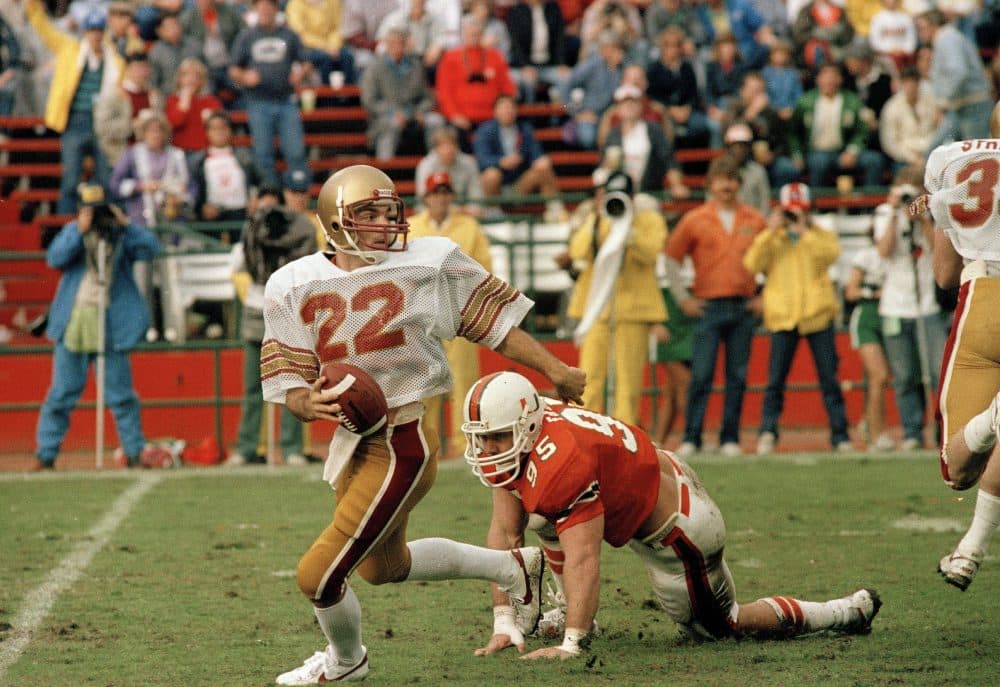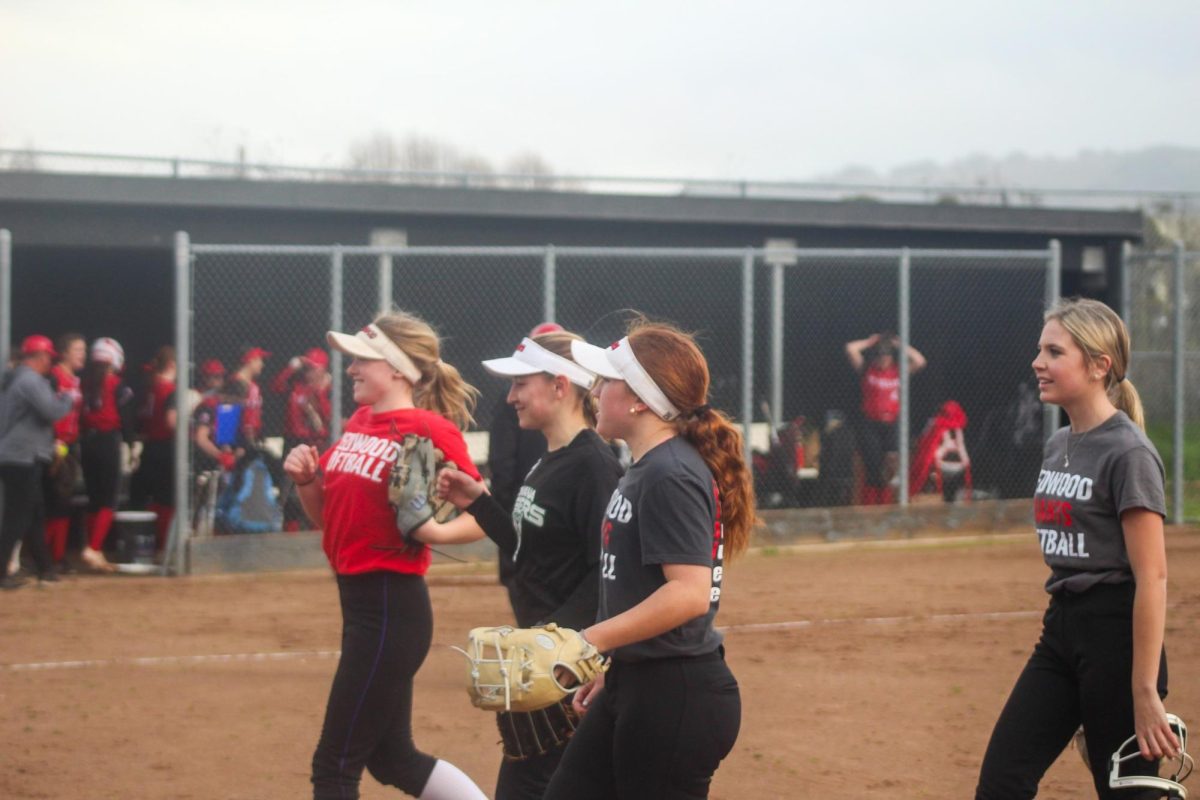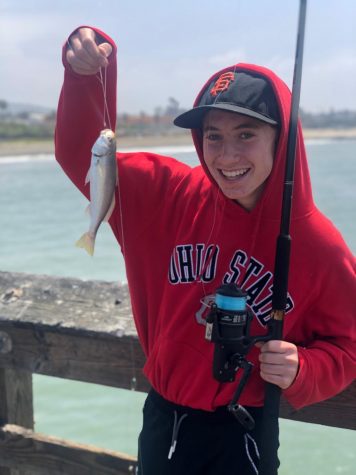Nearly eight million high school students participate in a school sport in the United States, according to the National Collegiate Athletic Association (NCAA). Of those eight million high school athletes, roughly six percent compete at the collegiate level, and only two percent are awarded scholarships to play their sport. Though the road to collegiate athletics differs for every athlete, the predominant way in which high school athletes get the chance to play Division I sports is by committing through the recruiting process.
Here at Redwood, a select number of student-athletes have recently committed to Division I schools for their respective sports. Three of these athletes offered to share their stories to give insight into the recruiting process.
Junior tennis player Luke Neal is one of those athletes. Ranked in the top 25 nationally for his class (2021), Neal recently committed to Yale University. Though he committed this past Oct., Neal explained that the recruiting process began in mid-June of 2019.
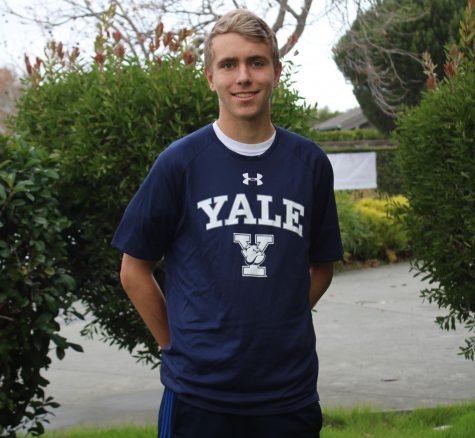
“June 15, so sophomore year [is] when coaches can officially make contact with you. But before then they can send questionnaires, you can email them, but they can’t respond,” Neal said. “So by doing that stuff beforehand, I knew which coaches were interested in me from flyers, and some coaches knew I was interested in them from my emails.”
After June 15, the exact date in which coaches could officially contact him, Neal engaged in phone calls with about 15 different coaches before visiting Yale and eventually committing.
Speaking on that process, senior Caroline Atkeson, a rower committed to Columbia University, found it difficult to manage so many phone calls with interested coaches.
“It was definitely hard at first because a lot of it was phone calls with coaches…and that was hard because I don’t think many students are used to talking to adults like that,” Atkeson said.
Yet the communication process with coaches does not happen solely over the phone; both Atkeson and Neal talked to coaches at national competitions for their sports. Neal, for example, gained exposure to the Yale coaches at United States Tennis Association (USTA) tournaments in Georgia and Michigan. Similarly, Atkeson got the attention of the Columbia coaches at national rowing events in San Diego and Florida.
Another Redwood senior, Nicholas (Nick) Welch, was scouted in a high school regional playoff game by UC Santa Barbara, the school that he is now committed to. According to Welch, he was surprised when scouted at a Redwood game, as opposed to during the summer through his club team Zoots.
“I’d say that the college coaches are more active [in recruiting] during the summer…because they have their own season to deal with during our high school season, ” Welch said.
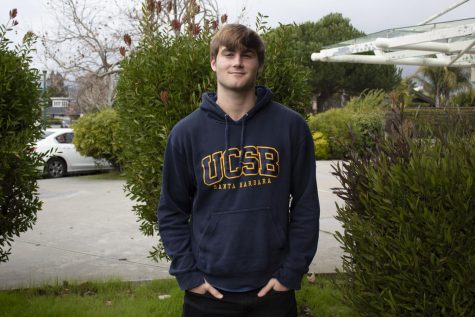
After communicating with their interested coaches, Welch, Neal and Atkeson went on official visits to their most sought after schools. Neal chose Yale due to its stellar academic reputation and impressive coaches, among other reasons. In contrast, Atkeson explained that she was most attracted to Columbia because of New York City’s culturally rich and diverse art scene.
Welch explained that although UCSB was not on his initial list of preferred colleges, he eventually found it to be the perfect fit for both his athletic and academic desires.
“I really wanted to stay on the West Coast. [UCSB is] right on the beach. They have a good baseball program, and I know a couple of guys who’ve gone there and really liked it. [UCSB] pretty much checked all the boxes,” Welch said.
While all three athletes were recruited to their future schools for their athletic and academic excellence, the odds of getting into their schools were heightened because they all reached out to numerous coaches. Each athlete stressed the importance of demonstrating interest to coaches when undergoing the recruiting process.
“Reach out to schools, to coaches that you’re interested in for schools in your sophomore year. They can’t respond, but it’s good so that way you’re on their radar,” Neal said.
Neal also confronted the common misconception that school work following an athlete’s commit is dramatically easier.
“[People say] ‘Why are you still trying in school?’ And I’m like, ‘I can’t have any C’s for Yale.’ You can only have a couple of B’s, but ideally you need to keep all A’s,” Neal said. “Even with athletics, the standards are high.”
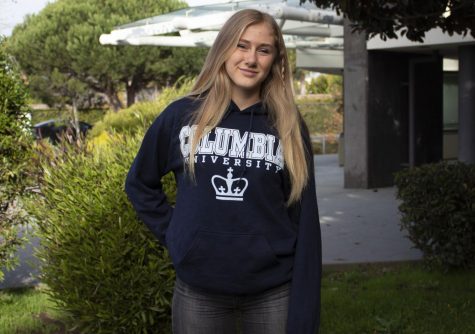
According to both Atkeson and Welch, they share Neal’s intense drive for academic and athletic excellence, as well as their persistence in communicating with coaches throughout the recruiting process.
Atkeson also gave advice for students looking to be recruited by Division I schools. She explained that students looking to be recruited should begin working toward their goal starting in the early stages of high school.
“Academics were super important during my college [recruitment] process. Definitely don’t wait until junior or senior year to start trying because especially if you’re trying to get recruited, your sophomore year does matter,”Atkenson said.

